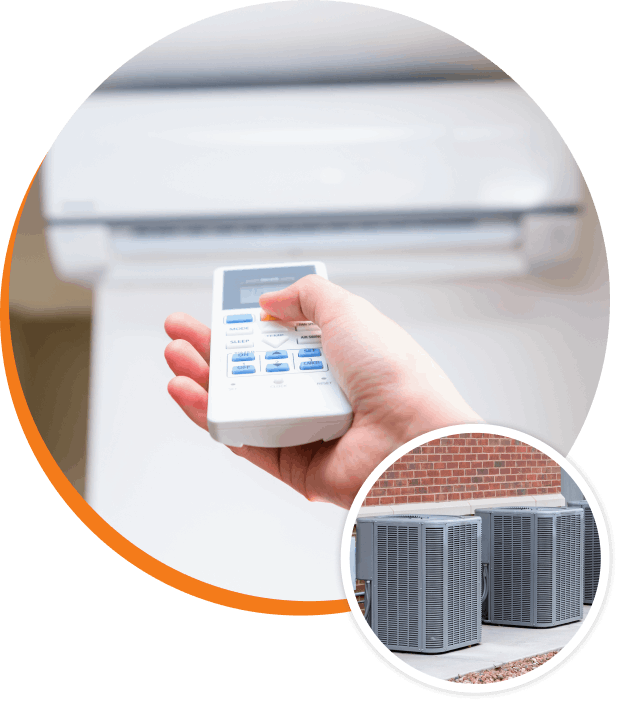Types of Switches and How They Affect Your Energy Bills
It can be a struggle to cut down on your energy bills, especially when your home is packed with electrical appliances. Unplugging an unused light or appliance can help, maybe you’ve even tried cutting down on the air conditioner, or hang dried your laundry. The point is that it’s tough cutting corners, and sometimes you need to invest in something energy efficient. What probably won’t come to mind for most homeowners are light switches.
Light Switches to Avoid
The technology for light switches has changed to meet the growing demands of an energy-efficient home. To save on your energy bills, it’s important to know what light switches suck the most energy. The age of your house is an important factor when considering energy efficient light switches, as that might require having an electrician rewire your home. If you’re ready to upgrade your home, here’s what to avoid when considering switches.
- Single Pole Light Switches. The most common of light switches is a single pole light switch, which turns on and off manually and works for one fixture. Energy is wasted when someone forgets to turn off the light switch. Depending on how long you leave a room or entire house unintended, leaving a few lights on for an extended period of time can cost up to $35 on your energy bill.
- Three-Way and Four-Way Switches. Three-way and four-way switches are even more notorious for wasting energy because of their multiple switches that can light multiple lights within the same room. A hallway, for example, which can have one switch at one end and another switch at the other end, is likely to waste a little more energy when trying to turn on or off the lights. It’s much easier to leave a light on in an unattended room when there are multiple switches.
Light Switches to Install
Luckily there are several options for energy-efficient light switches. The age of your home isn’t the only factor to consider when switching to better light switches. Your budget and lighting preferences are just as important to consider, as some of the more energy-efficient light switches can have a higher upfront cost. Over time, however, upgrading your light switches can help to significantly cut down on your energy bills. Here are a few different light switches that can benefit you.
- Dimmer Switches. For the homeowner interested in adding a little ambiance to their home, a dimmer switch can add some pizzazz. A dimmer switch is an inexpensive approach to energy-efficient lighting and works by adjusting the amount of light emitted from the light fixture. The more the lights are used at a reduced level, the more money you save on your energy bill. You can save even more money by combining energy efficient light bulbs with the dimmer switch.
- Proximity Switches. A proximity switch uses a motion sensor to automatically turn on the lights in the room when the sensor detects movement. When somebody leaves the room, the switch will automatically turn off the lights momentarily after the sensor stops sensing movement. One perk about a proximity switch is you don’t have to worry if you forget to manually turn off the lights after leaving a room. Depending on how often the lights are left on, proximity switches can reduce a home’s energy consumption by 35-45%.
- Photoelectric Switches. Similar to a proximity switch, a photoelectric switch uses a sensor. Instead of sensing motion, it senses the amount of light that’s in a room and turns on when the room is dim. When a room is full of daylight, the switch will turn off the lights. A photoelectric switch is particularly handy for outdoor lighting, as the sun exposure prevents energy from being wasted.
- Occupancy Sensor Switches. An occupancy sensor switch can detect indoor activity within a certain area of the room, which can be handy when you’re walking past a room and don’t want the lights to automatically switch on. Occupancy sensors must be placed in places where it can sense activity throughout the room, such as by the sink in a kitchen, or next to the toilet. There are two types of sensors, ultrasonic and infrared. An ultrasonic occupancy sensor detects sound whereas an infrared occupancy sensor will detect heat and motion.
It’s Time to Save Some Money in Style
The lighting in your home is an important feature that can save you money and add some nice ambiance. If it’s time to update your lighting, it’s best to call an electrician. They have the right tools to safely and properly install your new light switches. Don’t wait for another utility bill, switch to something energy efficient today.
Call Raynor Electric today for information on switches and how they affect your energy bills!


